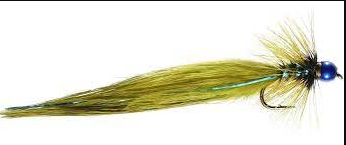
If you google “Stillwater Trout Flies”, you will find many different results. How do you choose the best water trout bees and most importantly how do you use them? The purpose of this article is to provide you with some information about different types of still flies so that you can choose the most suitable flies for your application.
I will use 10 of my favorite steel waterflies to illustrate this point, but do not take these particular bees as a complete gospel. These are the bees that I love and trust.
1.The Blob
The blob is a bee that has made its way through competitive fishing. There are some categories in which this bee can come, but I did not get a chance to ask Trout why he took the bee. All I know is that it works.
At first, it looks like an egg, and therefore it works great when the fish is in spawning mode. The bee also resembles a small Daphnia cloud, as it is orange in color and the fibers are semi-translucent. So, if the water in which you are fishing has Daphnia, be sure to check out this fly.
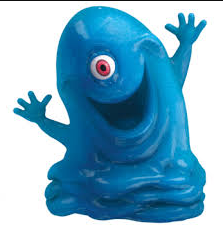
I believe that the main reason it catches so many fish is that it creates a lot of attraction. It catches fish when it is gently snatched, when it is snatched fast, and even when it is swept away dead. This is one of my favorite places to go when I catch a multi-fly rigs.
Blobs can be tied in a wide range of colors, so don’t think that fluorescent orange is the only way to go. Play with different combinations of fritz and don’t be afraid to fish this pattern.
2.AR Green Head Gentle Sparkler
The AR Green Head Gentle Sparkler is a brilliant, opaque transparent pattern that has the same benefits as the previous AR Skinny Fry Streamer. Its biggest weapon is the Color Trigger Point in the form of Flow Green Hot Head. Earlier, I had tied the same pattern of these glowing glitter with heads of different colors (flu orange, warm red), but the fish clearly determined the absolute winner! I often fish with two sparklers on the leader, using this pattern as a dropper fly and as a point fly I use the traditional and more shiny pearl-gold-silver sparkler with a black head.
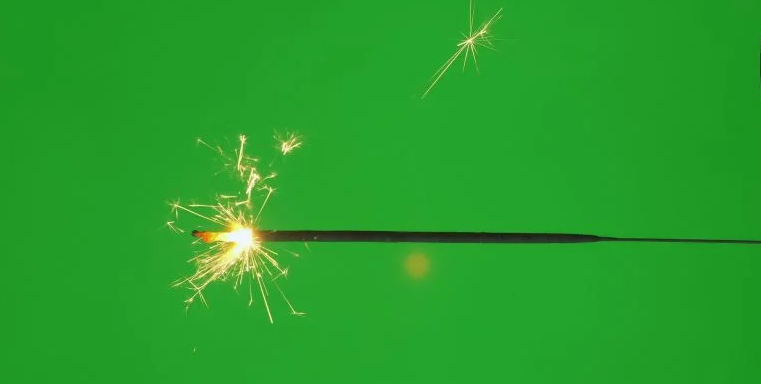
Fish are mainly involved in the Flow Greenhead bee, but the Pointfly is also very famous for its fish! When I fish with these sparklers, I use the longest cast and the fastest figure to recover eight! Mostly I use Sub Surface Hover or Slow Intermediate Flyline! Weather is very important along with water quality and color! I have noticed that the fish reacts to the glare, mainly in the form of clear water (autumn months) in cloudy weather. Even in cloudy water, the intense sun doesn’t matter – the fish love to fly this season! Therefore, at a time when fish will not respond to the temptation of bright colors of specific colors or sub-surface wet flies, nymphs, midges and small specimens of boars, try the AR Greenhead Gentle Sparkler!
3.White Death
A fly that most people don’t know about, but an incredibly effective drawer / streamer pattern. You’ll always find a couple of these bees piled up in my box, and I use them at certain times of the day. In my experience, trout begin to fall deeper at noon. They feel less exposed and are always looking for cold water. As the sun begins to set, the light reflects lightly into the water column, making the fish feel safe and closer to the surface.

This is when I like to use White Death. An hour or so before it gets completely dark, I switch to this fly on the sinking or middle fly line. The bee is caught just below the surface with a random and rapid recovery.
The bee has a marabou tail and arm that makes it move tremendously in the water, and I’m sure it’s the white contrast that makes it work so well. This bee also works as a cure for caddis hatching.
4.AR Skinny Fry Streamer
I wear the leader when the fish stop responding to the big colored bees like attractors and streamers due to the high pressure of the fishermen and on the other hand, the fish does not respond to the small wet bees and nymphs! This is a year-round specimen that I certainly use for trout, perch, and chub fishing in other fishing situations – fish that naturally eat small fish. In the most frequently seen waters, this is a pattern that remains completely unknown to the fish for most of the year because of a particular “insight” of other fishermen that is unnatural, colorful, or different Movements and use sound or greed. Fish see a huge amount of these “nets” in a short time! This bee pattern is quite natural, obscure, and almost silent, in terms of movement, which could be described as a negative factor in the lure of fishing … However, due to these explanations This bee, by contrast, is very attractive to fish because of its “different nature”.
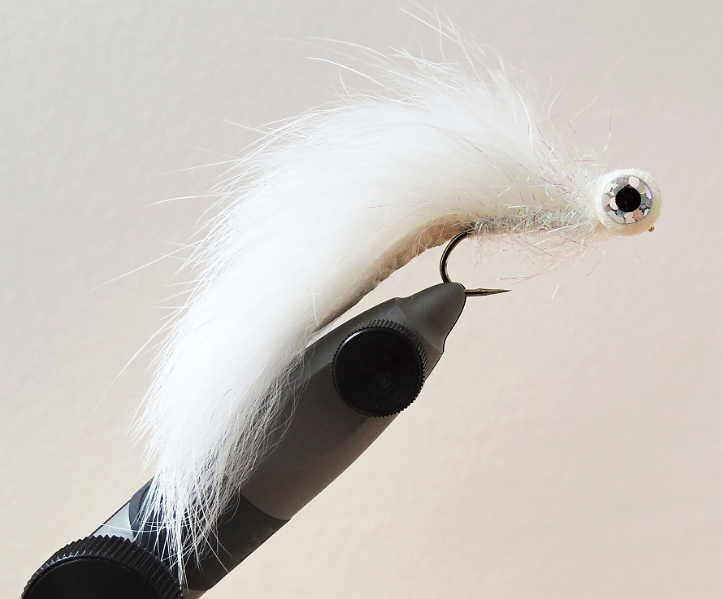
I like to retrieve fast figure to eight with intermediate or hover flyline with this pattern. When fish need faster bait movement, I follow the Roly-Poly technique! As dropper flies, I use thin, small streamers, sparklers, or similar delicate patterns of wet bees as butchers, Silver Invicta, Silver March Brown, or various steel water doublelers. In the case of a larger size, in which I attach this fly to a hook protruding hook, I catch fish on a long tapered fluorocarbon leader, imitating only a large fish fry.
5. Damselfly Nymph
Damselfly Nymph is an amazing specimen to be used with grass beds and other aquatic plants. It mimics damselfly larvae, and the main stimulus points are slender abdomen, very sparse tail, and thick head whose eyes are made of monofilament. I found this realistic imitation to be more effective than the cheap version you bought from stores. If you want to learn how to tie yourself, check out our complete tying tutorial where I have covered the step by step procedure.
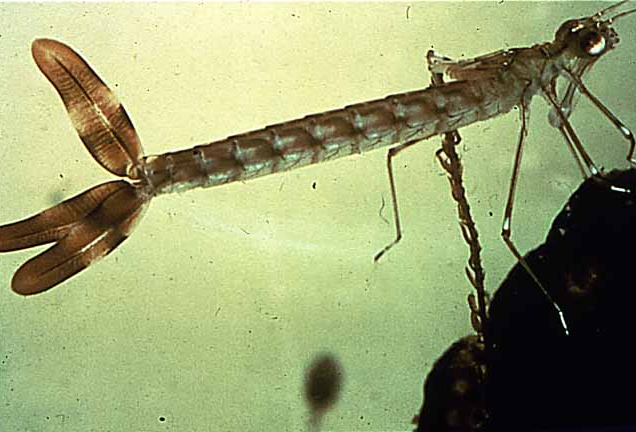
I think the key to this bee is how to get rid of it. As you can see, its body is not large, so it will not push too much water when it is quickly snatched away. Damselfly larvae do not move very fast, so I think this bee works most effectively when the fish is caught really slowly using a figure-of-eight retrieval or dead drift.
Damselfly Nymph also works very well with buzzers and bloodworms and follows a charmer like Blob or Bobby.